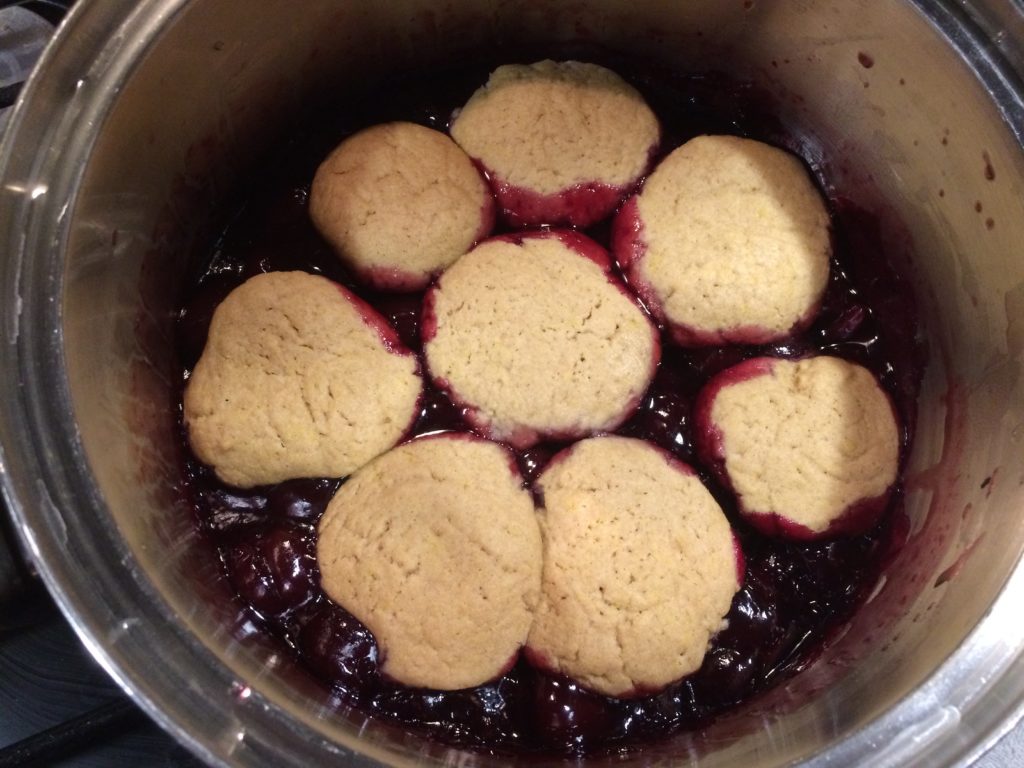For about three years before moving into our RV, we regularly complained about our dishes. We were tired of our ten-year-old, inexpensive, drab gray, and super heavy Ikea set, but we didn’t have a good reason to replace them. They were still doing what they were designed to do, even if we were tired of looking at them. It seemed wasteful to replace dishes just because they weren’t pretty any more. But after counting the chips and cracks in that old set, and considering the unnecessary added weight, moving into our RV was a doubly exciting time for us: time to get new dishes! (We enjoy our simple pleasures.) After lots of research, we first decided on Corel because of their designs, weight, and durability, but we weren’t ready to commit to a pattern (or a price tag), so we looked for something inexpensive and environmentally friendly that would last …
Read the rest of this post.
